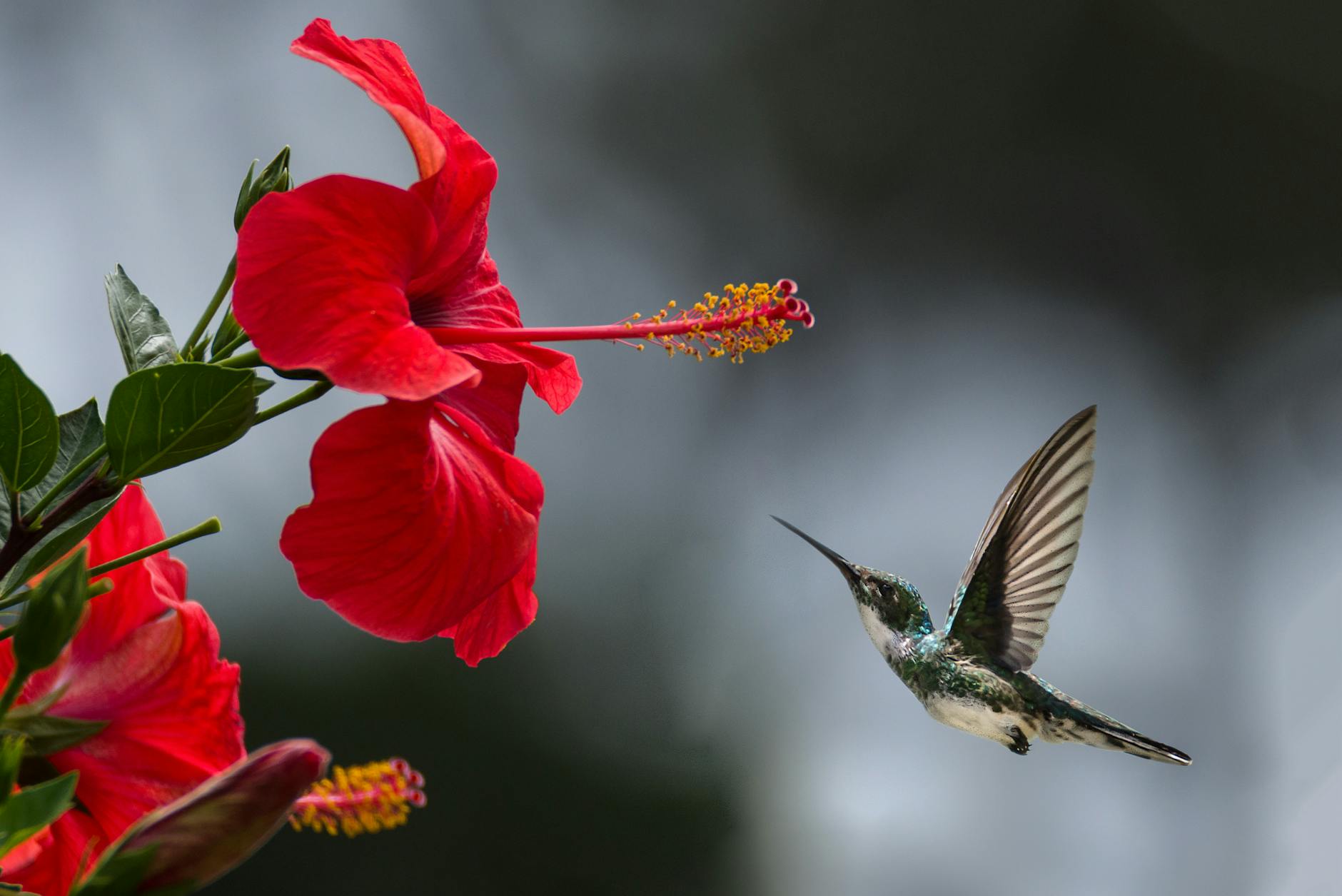Understanding the Hummingbird Life Cycle: From Egg to Adult
Hummingbirds are more than just colourful visitors to our gardens; their life cycle is a fascinating journey of growth and survival. From the moment an egg is laid to the emergence of a fully-fledged adult, these tiny creatures showcase remarkable resilience and adaptability.
In this post, we’ll explore each stage of a hummingbird’s life, revealing the unique challenges they face. You’ll learn about their incubation period, the care given by their mothers, and the delicate transition from nestling to independent flier. Understanding their life cycle is key to appreciating the role they play in our ecosystem, especially as important pollinators.
Join us as we unravel this captivating process and discover what makes hummingbirds such remarkable beings.
Overview of the Hummingbird Life Cycle
The life cycle of a hummingbird unfolds in several distinct stages, each filled with critical developments. Understanding these stages provides insight into the challenges and triumphs these birds experience as they grow and thrive. Here’s a breakdown of the life cycle, from egg to adult.
Egg Stage
Hummingbirds typically lay two eggs at a time. The female carefully places them in a well-constructed nest, usually built high in trees or shrubs. The incubation period lasts between 14 to 21 days, depending on the species and environmental conditions. During this time, the female remains on the nest, ensuring her eggs stay warm and protected.
It’s fascinating to note that, unlike many bird species, hummingbirds do not share incubation duties. Instead, the mother does it all. This stage is vital, as the embryos develop within the protective shell, relying completely on the mother for warmth and safety.
For more information on the egg stage, visit Amazing Facts About How Hummingbirds Grow.
Nestling Stage
Once the eggs hatch, the tiny chicks emerge, often weighing less than a penny. They are born featherless and blind, requiring constant attention from their mother. At this stage, the mother provides food, typically a mixture of nectar and insects, critical for their rapid growth.
The nestlings remain in the nest for about 23 to 26 days. During this time, they grow quickly, developing feathers and strength. The transformation is remarkable; what begins as two helpless chicks soon becomes vibrant fledglings ready to explore the world.
To learn more about this stage, check out the article on Life Cycle Of The Hummingbird.
Fledgling Stage
By the time they are ready to fledge, the young hummingbirds are almost fully fledged. This stage marks the transition from dependent young to independent birds. Fledglings learn to fly and begin to develop their foraging skills. They are still under the care and guidance of their mother as they first venture outside the nest.
It’s a remarkable sight to witness these new flyers as they take their first flights, often clumsily but with burgeoning confidence. They will practice hovering and rapid bursts of speed, gaining the ability to navigate their surroundings effectively.
For more insights into this stage, refer to The Life Cycle of a Hummingbird – Grateful Gnome.
Adult Stage
Once fledged, hummingbirds quickly become independent and are ready to explore their environment fully. They will begin to establish their territories and engage in behaviours typical of adult hummingbirds, including mating and nesting.
Adult hummingbirds can live for several years, with the oldest recorded being over 8 years. They play significant roles in their ecosystems, notably as pollinators, ensuring the growth of many plants.
To understand more about these incredible adult hummingbirds, visit Facts: Hummingbird Life Cycle.
 Photo by Skyler Ewing
Photo by Skyler Ewing
Egg Stage
The egg stage is crucial in the life cycle of a hummingbird. This is when the development of future hummingbirds begins, tucked away in their tiny, carefully crafted eggs.
Egg Description
Hummingbird eggs are incredibly small, often compared to jellybeans or Tic Tacs. Typically, they measure just about 1.5 cm in diameter and are white in colour with a smooth texture. Their petite size and unique look make them fascinating objects of curiosity. These eggs are usually laid in clutches of two, resting snugly in the nest the mother has built. For a closer look at the characteristics of these eggs, you can check out A Close-Up Look at Hummingbird Eggs.
Incubation Period
The incubation period for hummingbird eggs varies by species but generally ranges from 10 to 19 days. During this time, the mother dedicates herself entirely to keeping the eggs warm and safe. The incubation process is not shared, as the female hummingbird does all the work. This phase is critical, as the developing embryos rely solely on their mother for warmth and protection from predators and environmental factors.
Nesting Behaviour
Female hummingbirds exhibit remarkable dedication when it comes to nesting. They spend up to seven days constructing their nests with a mix of materials, ensuring it is both resilient and camouflaged. The nests are often made from plant fibres, spider silk, and moss, creating a deep cup shape. This structure is designed to hold the eggs securely and protect the delicate young once they hatch.
Interestingly, the female does not receive any help from the male during this process. Once her nest is complete, she will lay her eggs and remain vigilant, fiercely guarding her precious offspring. To understand more about their nesting behaviour, visit Everything You Need to Know About Hummingbird Nests.

Photo by Philippe Donn










